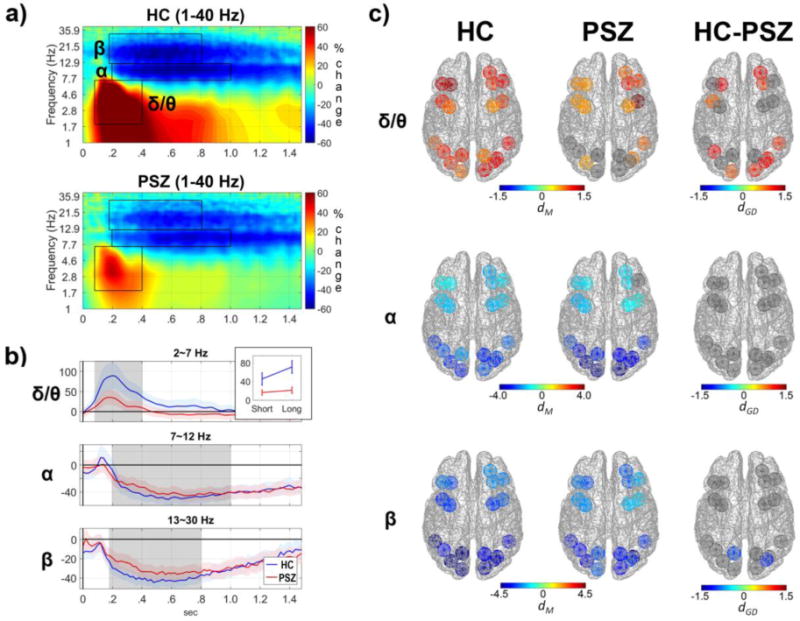Figure 4. Cortical oscillatory activity on retrieval of material from working memory during viewing of the partial copy object stimulus.

Data reflect oscillatory activity in cortical regions time-locked to the onset of the partial copy of the object stimulus (0 sec in panels a and b). a) Grand average TF distribution of cortical oscillatory energy in HCs (top) and PSZ (bottom) collapsed across ROIs and conditions and normalized to represent percent signal change compared to the median TF energy for each frequency within a pre-stimulus baseline period (−500-0 ms). Three TF components quantified for statistical analyses are depicted by black rectangles; θ/δ (2-7 Hz in 80-400 ms), α (8-12 Hz in 200-1000 ms), and β (13-30 Hz in 180-800 ms). b) Time course of oscillatory energy of the δ/θ, α, and β frequency bands during retrieval of material from WM that were averaged across all ROIs and conditions. During the retrieval of material PSZ had a large reduction in θ/δ ERS and a modest reduction in β ERD compared to HCs. As depicted in the inset, deficits in θ/δ ERS for PSZ were most evident in trials with long delay periods preceding retrieval. c) The magnitude of oscillatory responses for cortical regions in δ/θ, α, and β bands in HCs (left) and PSZ (middle) during retrieval of material from WM in response to the partial copy object stimulus. PSZ had reductions in δ/θ ERS in the prefrontal and ventral visual cortical regions, as well as reduced β ERD in the left PPC and the right dV3.
